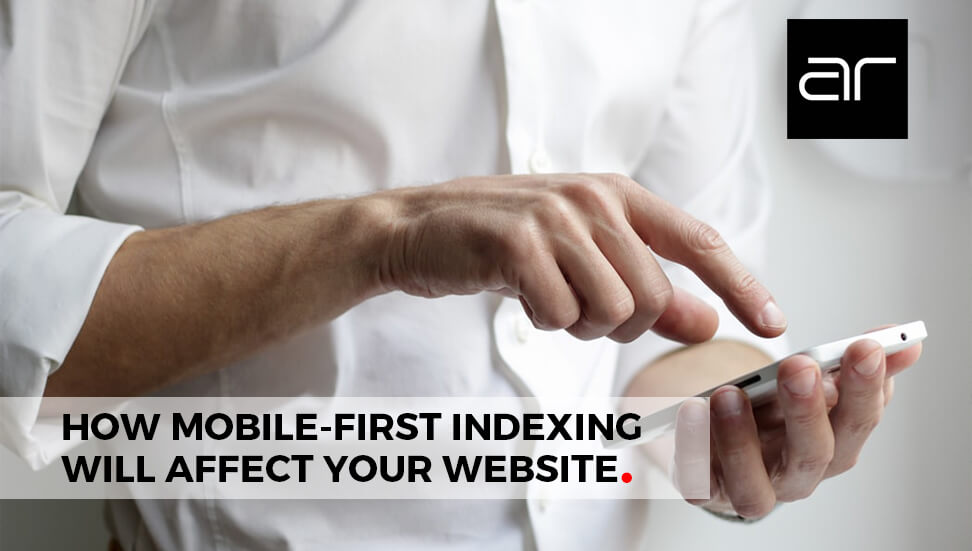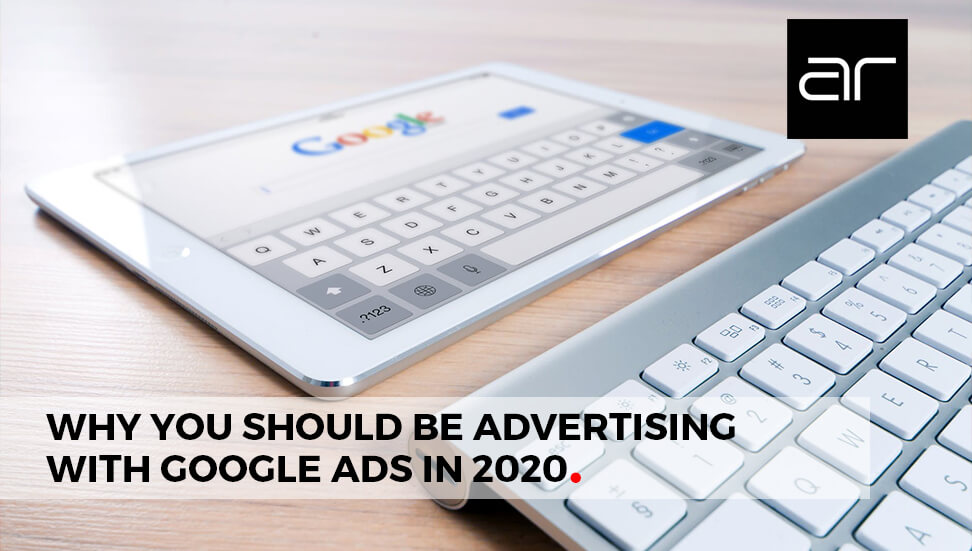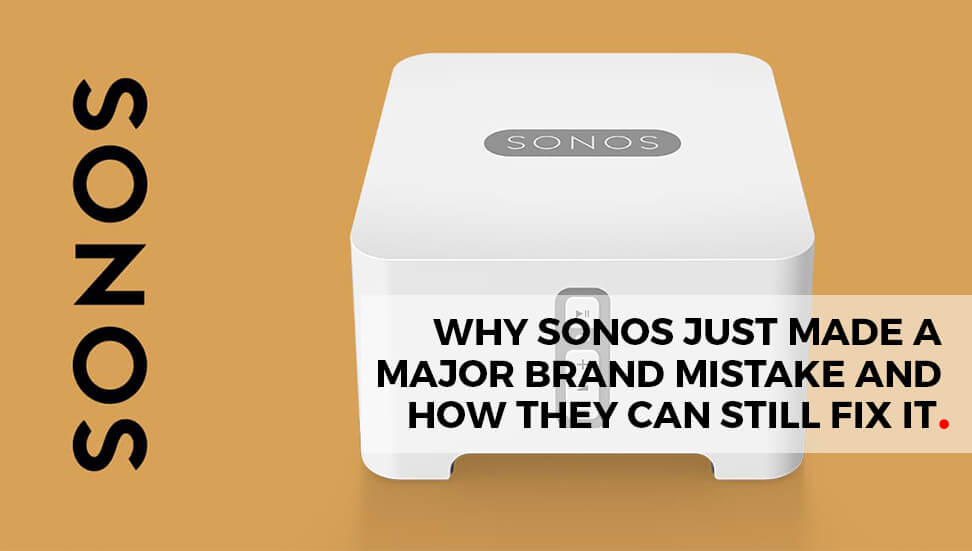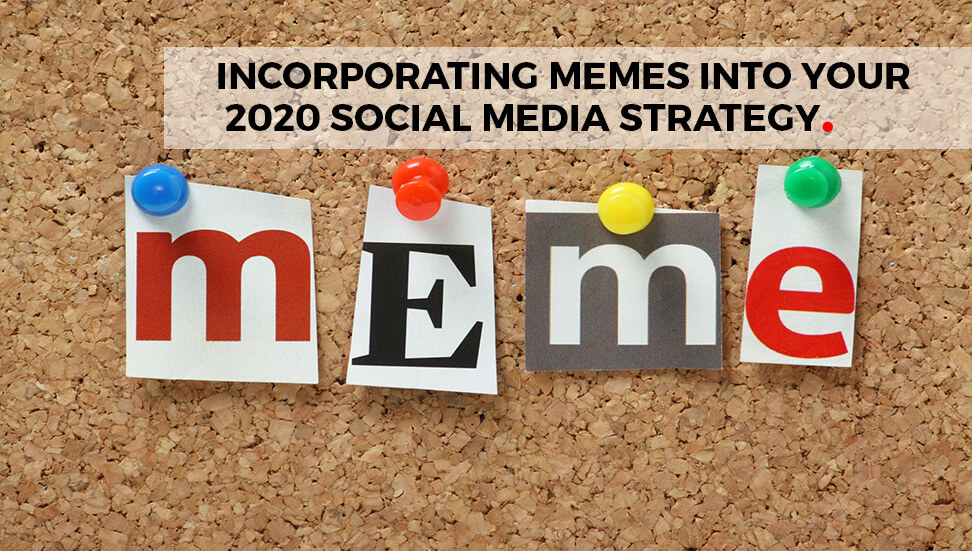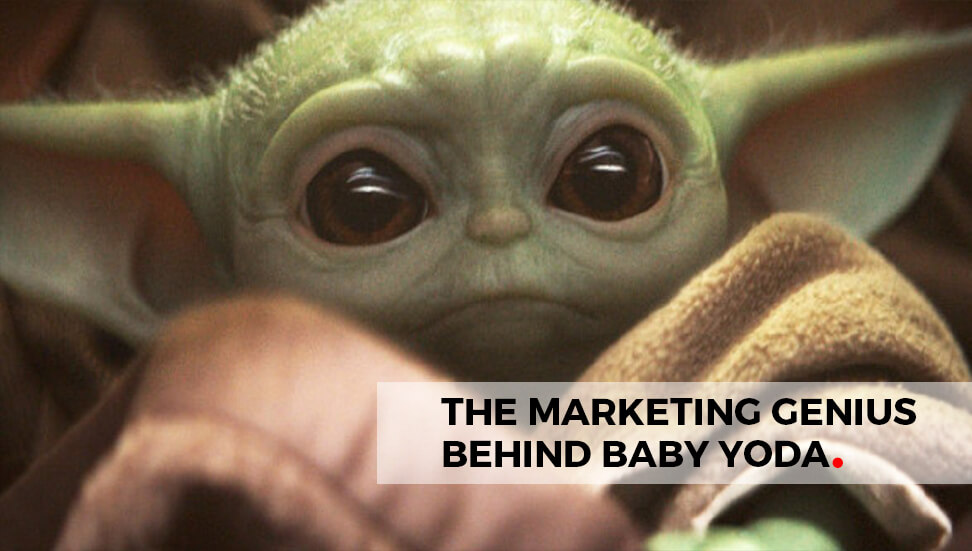Social media management is one of those unique business requirements in which companies truly forget what it’s like to be a consumer. Employees and managers alike can go home, access their own accounts, and know exactly what it is they do and don’t want to see. But turn the tables and it’s an entirely different story.
Maybe it’s the fear of not having any followers, or the daunting comparisons we make to other companies’ pages? But either way, something about social media has businesses stumped.
So instead of letting you wind up like those guys, here are our cringe-worthy mistakes companies make when using social media:
They don’t create a strategy. Marketing always requires strategies, and those are often forgotten when it comes to the seemingly simple world of social media. Create guidelines to help you get the most out of your efforts.
- Platform overload. Businesses get a little over-zealous at the beginning and sign up for entirely too many accounts. Narrow down social sites to one or two most used by your target audience, and those most valuable to your product or service. This means if you’re offering a service that doesn’t really need images, don’t bother with sites like Instagram or Pinterest.
- No measurable objectives. With no clear, measurable goals businesses are likely to take a chaotic approach to social media. Each social media strategy should specify quantifiable and testable objectives to ensure your company’s focus.
- Lacking in personality. Businesses often forget how to relax a bit and let up on traditional grammar rules, but their audience doesn’t. Posts, content, and language should all feel like a conversation between your product and your target market. Relaxed, comfortable, and approachable are far more engaging than robotic business writing.
- Thinking all platforms are the same. From Facebook and Twitter, to LinkedIn and Pinterest, each platform is successful because it’s That means you should be aware of those differences and approach content and engagement accordingly. Read: those 500 word blog posts on LinkedIn will not translate on Facebook.
- Lack of engagement. Since we’re on the topic, it’s important to realize that there are two kinds of engagement: inbound and outbound. Inbound is when your followers reach out to you, and outbound means you’re reaching out to comment on others’ posts. Both are vital in their own unique way and they should play equal parts in overall engagement.
- Expecting instant ROI. Not only does social media require patience, it requires an understanding that increased sales aren’t guaranteed. What is guaranteed is the opportunity to gain customer loyalty, increase visibility, and better understand your audience—all leading to more consistent sales, eventually.
- The hard sell. At some point you’re going to experiment with actually encouraging a sale, and when that time comes it’s important to be gentle. Forceful selling tactics stick out like a sore thumb in users’ news feeds, so it’s important to make them feel they’re being rewarded for following you, rather than punished.
- Being selfish. Having mentioned the hard sale, it’s important to keep this giving attitude in mind at all times. Ask your followers questions, share some of their posts, and give thanks in the form of promotional codes and contests.
- Many. Hashtags. Or the use of irrelevant hashtags. Either or, they’re annoying and look desperate. They also have a tendency to be pointless, say, if you use one like #smile, which has been used hundreds of millions of times. Those numbers suggest that every four seconds your post is pushed to the bottom of the search results, bringing almost no value whatsoever.
In the business world, social media manages to turn companies upside down on platforms that everyone can access. And that kind of visibility should be used for building valuable brand awareness, not confusing your target audience and scaring away dollars.


